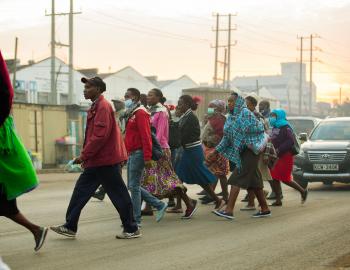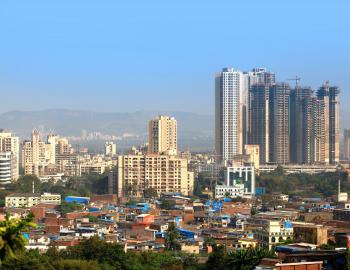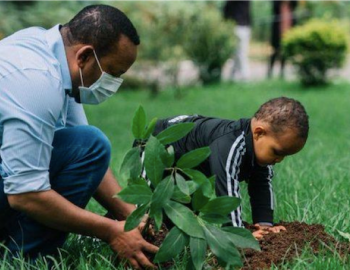INSIDE STORY: Achieving development goals with renewable energy – the case of Tanzania
INSIDE STORY: Achieving development goals with renewable energy – the case of Tanzania
Lack of reliable access to electricity is a significant barrier to economic development and job creation in Tanzania. Currently, only 14% of the population has access to electricity; in rural areas the electrification rate hovers around 2%. Power outages are frequent – especially during droughts, which cripple the hydroelectric power on which most of the country depends.
This Inside Story, Achieving development goals with renewable energy – the case of Tanzania, by Lutz Weischer of World Resources Institute for CDKN, explores Tanzania's Small Power Projects (SPP) programme. The programme was designed by the Government of Tanzania – with very limited financial resources – to support renewable energy deployment. As a result, decentralised renewable energy solutions are contributing to Tanzania’s climate compatible development by:
- supporting economic development through improved access to reliable electricity;
- reducing greenhouse gas emissions;
- lessening vulnerability to fossil fuel price shocks and to drought-related hydropower shortages.
The programme does not cost the electricity company or consumers more than conventional power sources, which is appropriate for this low-income country. Low tariffs and difficult financing conditions currently limit the programme’s reach, but have enabled Tanzania to build a regulatory framework and gain experience. As a next step, the programme could be scaled up, if sufficient funds can be secured.
Tanzania’s renewable energy policy-making and implementation has benefitted from intensive South-South exchange with Thailand and Sri Lanka.
Image courtesy EEP.



